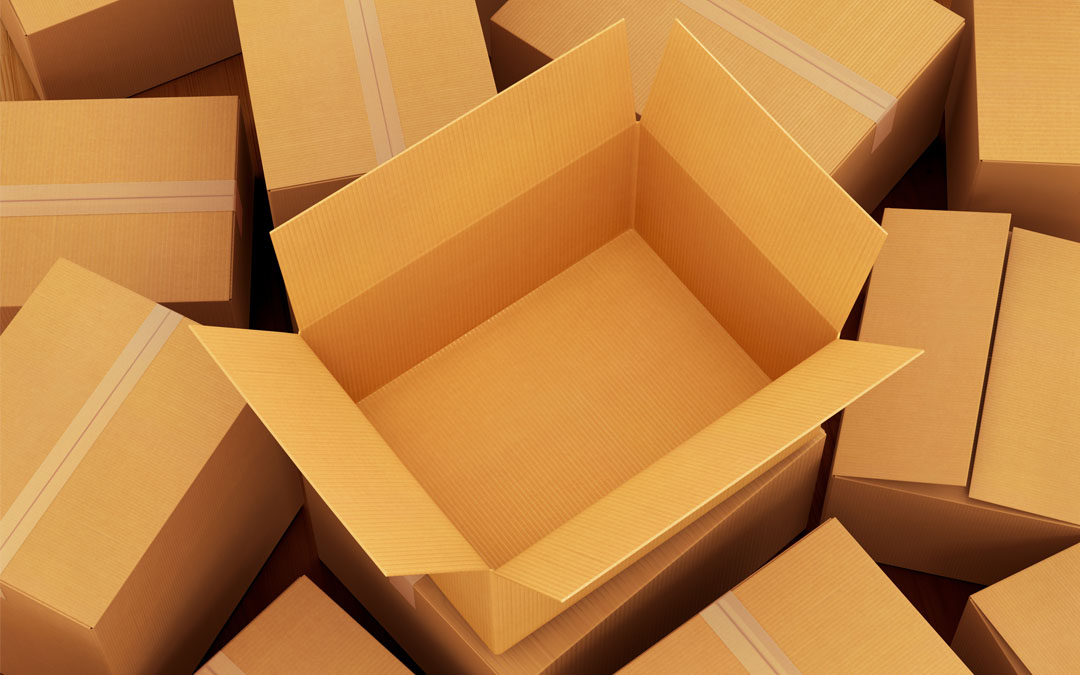In Part I and Part II of this series, we unpacked the advantages of corrugated vs. plastic, we explored topics such as cost, sustainability and versatility.
Corrugated was the clear winner on both topics. Now, as this three part series comes to a close, there is one remaining questions that must be addressed: which packaging solution is most practical?
It’s simple, yet often overlooked. So what’s the final verdict? Keep reading to find out.
Is Corrugated or Plastic More Practical?
Plastics are non-porous materials, meaning they are waterproof and rigid. This can make them an excellent choice of vessel for certain applications. These include liquids, bio-hazardous materials or sterile materials that would spoil if anything escaped from – or seeped into – the contents. But outside of these narrow parameters, it can often prove detrimental to the contents it is responsible for transporting.
Unlike corrugated packaging that promotes airflow between its fluted layers, plastics create an unbreathable seal. As discussed above, this can be a benefit in certain instances. But it also creates a perfect environment for harmful bacteria and other contaminants which are then transferred onto – or into – the contents.
The rigidity of plastic packaging also makes it susceptible to breakage. It lacks the ability to shift and expand while remaining strong, which is one of the major advantages of corrugated packaging. If cardboard is bumped or corners receive a jolt during transit, it retains strong and in-tact. Rigid plastics will often crack, even resulting in content spillage.
It’s not just plastic containers that are inflexible. The process of actually manufacturing plastic packaging is more intense than corrugated, resulting in longer turnaround times with fewer ways to customize shape and size. Corrugated, on the other hand, can be manufactured much more quickly. As discussed in Part II, corrugates high percentage of recycled inputs make for a faster, less intensive process than its plastic counterparts.
So what does that mean for business owners? Consider this. At the height of the Covid-19 pandemic, there was – for the first time in history – a global shortage of corrugated cardboard. When sweeping lockdown orders went into effect, e-commerce and delivery services experienced such an unprecedented surge that paper mills around the world were unable to keep up with demand. It seemed everyone needed some “beige gold” to keep the global economy alive.
According to one consumer survey, more than 85% of respondents preferred corrugated to plastic. Sure, advantages of corrugated include rapid production time, sustainability and cost advantages that cannot be beat. But it would none of those would matter if it weren’t a practical. But as it so happens…it is!
Conclusion
We’ve looked at the pros, and we’ve looked at the cons. Advantages of corrugated include price, production, practicality and sustainability. But the reasons it continues to be the most in-demand packaging solutions go deeper than those considerations alone. Its because at the end of the day, corrugated packaging is simply the better choice.
Covenant Packaging is your hometown partner for a world-class experience. Contact our team today for a no obligation consultation. We cannot wait to serve you!

